Understanding VSOP and XO Cognac: A Deeper Dive into Age and Quality
When exploring the world of Cognac, two terms often encountered are VSOP (Very Superior Old Pale) and XO (Extra Old). These labels indicate the age of the youngest eau-de-vie in the blend—four years for VSOP and ten years for XO. However, the story behind these labels is far more nuanced, especially when considering the practices of major producers versus smaller, artisanal distillers.
The Reality of VSOP and XO Cognac
Historically, VSOP and XO cognacs represented significant quality and ageing. XO, in particular, used to indicate a blend where the average age was around 25 years. However, due to commercial pressures, many mass-produced XO cognacs today contain spirits that are much younger, often barely meeting the ten year minimum. This shift has led to a broad spectrum of quality within these categories, making it challenging for consumers to gauge the true value and character of the cognac they are purchasing.
Why Hermitage Cognac Stands Apart
At Hermitage Cognac, we have chosen to eschew these generic labels in favour of age statements and vintages. This decision is rooted in our commitment to authenticity and transparency. Unlike the large houses that blend hundreds of different eaux de vie, Hermitage focuses on single estate cognacs from the premier cru region of Grande Champagne. This ensures that each bottle offers a pure, unadulterated expression of the terroir and technique behind it.
Our entry level Hermitage 10 Year Old Grande Champagne Cognac is an exceptional choice. It is barrel aged for a minimum of ten years and is refined, luxurious and unblended, a spirit which far exceeds young generic blends with a minimum age requirement of only four years. In comparison, our 10 year old cognac offers a depth and complexity that only comes from much longer ageing in oak casks.
Hermitage 20 year old Grande Champagne Cognac has a minimum barrel age of 20 years, thus making it a superior choice to XO blends whose minimum age requirement is only 10 years in oak, it offers a richer, more intense and smoother flavour profile. Moreover, it is sourced entirely from a single estate in the Grande Champagne region, ensuring consistency and quality that is unmatched by generic XO cognac blends from larger producers.
The Benefits of Knowing the Age of Your Cognac
By choosing a cognac from Hermitage Cognac, you gain a deeper understanding and appreciation of what is in your glass. The age statement on our bottles is not just a number; it is a guarantee of the time, care, and expertise that have gone into producing each cognac. This transparency allows you to appreciate the true character of a well aged spirit, unblended and free from additives that mask the natural flavour.
Owning a bottle of Hermitage Cognac is more than just a purchase; it’s an investment in quality and tradition. Each sip offers a journey through decades of careful cellar ageing, reflecting the unique terroir of Grande Champagne. Whether enjoyed personally, given as a gift, or kept as an investment, a bottle of Hermitage Cognac is a testament to the highest standards of cognac production and an indulgence in the very best that this golden nectar has to offer.

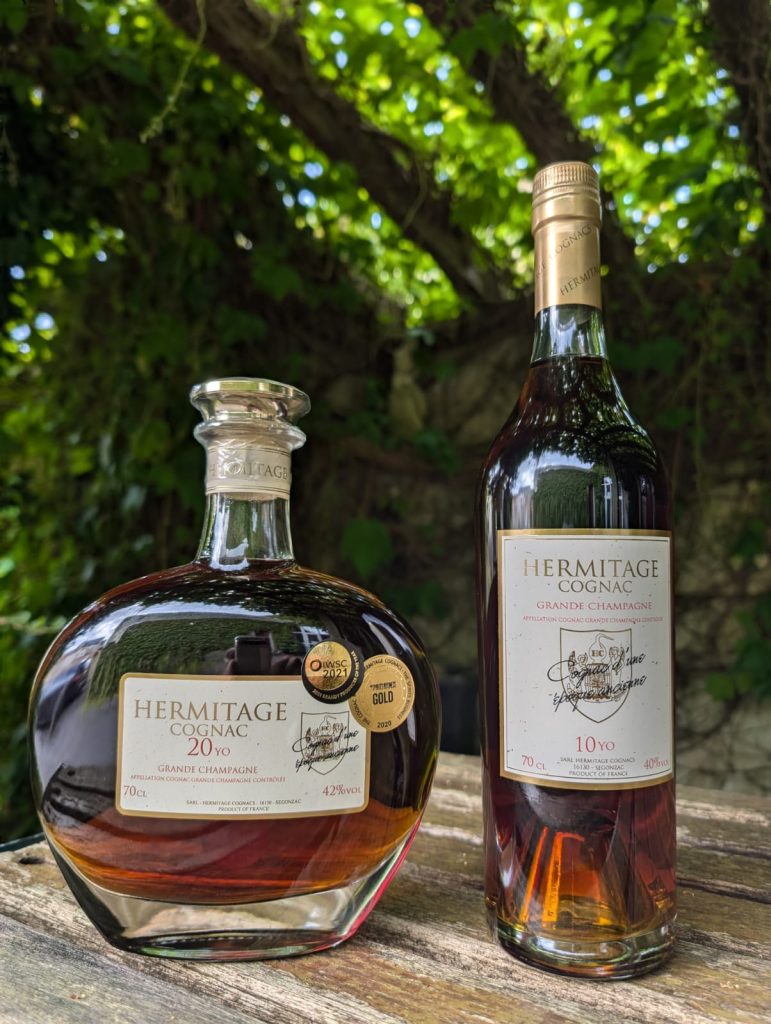
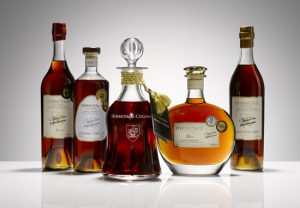 We love to celebrate National Cognac Day! This year it’s on Sunday 4th June so if you have a bottle you keep for special occasions or fancy trying something new for the first time, this is time to do it!
We love to celebrate National Cognac Day! This year it’s on Sunday 4th June so if you have a bottle you keep for special occasions or fancy trying something new for the first time, this is time to do it!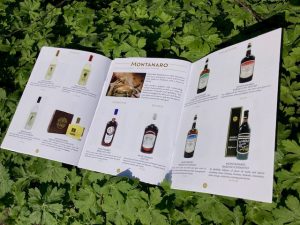 Montanaro is one of the oldest distilleries in Langa established by Master of the Still, Francesco Trussoni in 1885. He established the first single vineyard Grappa using Nebbiolo grapes for Barolo. In 1922 Mario Montanaro, together with his wife Angela Trussoni and son Giuseppi, refined the product using the first alembic steam stills. At the end of 2000 Giuseppe, aged almost eighty and without direct heirs, decided to sell Montanaro Distillery to a group of “Albese “ businessmen. Today Monatanaro, known worldwide as an excellent artisanal and prestigious distillery, does not only produce
Montanaro is one of the oldest distilleries in Langa established by Master of the Still, Francesco Trussoni in 1885. He established the first single vineyard Grappa using Nebbiolo grapes for Barolo. In 1922 Mario Montanaro, together with his wife Angela Trussoni and son Giuseppi, refined the product using the first alembic steam stills. At the end of 2000 Giuseppe, aged almost eighty and without direct heirs, decided to sell Montanaro Distillery to a group of “Albese “ businessmen. Today Monatanaro, known worldwide as an excellent artisanal and prestigious distillery, does not only produce 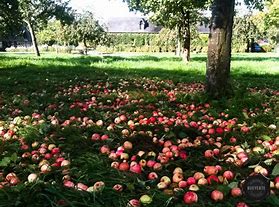 Whether you call it applejack, calvados or bätzi, apple brandy is a spirit made from fermented and distilled apples. There are clear, unaged versions and golden-coloured ones that have spent years in oak barrels. These are five of the most popular:
Whether you call it applejack, calvados or bätzi, apple brandy is a spirit made from fermented and distilled apples. There are clear, unaged versions and golden-coloured ones that have spent years in oak barrels. These are five of the most popular: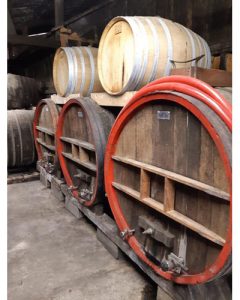 Calvados is a brandy made from apples and produced exclusively in Normandy. Its history dates back to 1553, when the drink was known as cidre eau-de-vie. The name calvados was introduced in the late 1700s, when France was divided into departments, and it is now known as one of the Three Noble French Eaux de Vie (cognac and armagnac being the other two). National Calvados Week is now in its tenth year and will run, alongside the annual apple harvest, from 10 – 16 October in bars and retailers throughout the UK. World Calvados Day will follow on shortly afterwards, on the 20th October, which falls on the eve of National Apple Day. If
Calvados is a brandy made from apples and produced exclusively in Normandy. Its history dates back to 1553, when the drink was known as cidre eau-de-vie. The name calvados was introduced in the late 1700s, when France was divided into departments, and it is now known as one of the Three Noble French Eaux de Vie (cognac and armagnac being the other two). National Calvados Week is now in its tenth year and will run, alongside the annual apple harvest, from 10 – 16 October in bars and retailers throughout the UK. World Calvados Day will follow on shortly afterwards, on the 20th October, which falls on the eve of National Apple Day. If 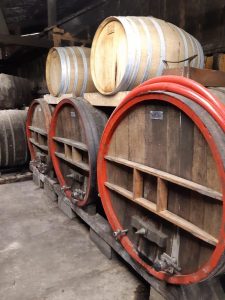 COGNAC
COGNAC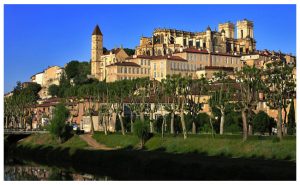 Armagnac
Armagnac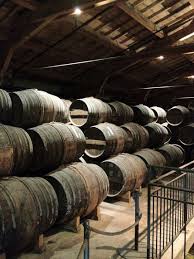 ‘What is the safe storage temperature for
‘What is the safe storage temperature for 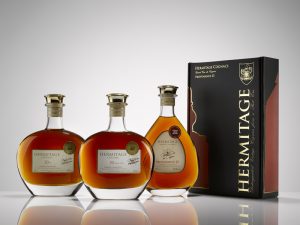 XO brandy, XO cognac. XO armagnac. Why is the term XO used so often when few of us actually know what it means? Originally, XO stood for Extra Old. In terms of age, up until 2018, an XO cognac had to be at least 6 years old but this was also the required minimum age of Napoleon Cognac. So, after decades of promising change, the controlling body of cognac, the BNIC, agreed to make the minimum barrel age of an XO cognac 10 years old. This is important because cognacs do not mature once they have been taken from their oak casks and placed in glass. Armagnac also stepped into line and now age their XO brandies for a minimum of ten years.
XO brandy, XO cognac. XO armagnac. Why is the term XO used so often when few of us actually know what it means? Originally, XO stood for Extra Old. In terms of age, up until 2018, an XO cognac had to be at least 6 years old but this was also the required minimum age of Napoleon Cognac. So, after decades of promising change, the controlling body of cognac, the BNIC, agreed to make the minimum barrel age of an XO cognac 10 years old. This is important because cognacs do not mature once they have been taken from their oak casks and placed in glass. Armagnac also stepped into line and now age their XO brandies for a minimum of ten years.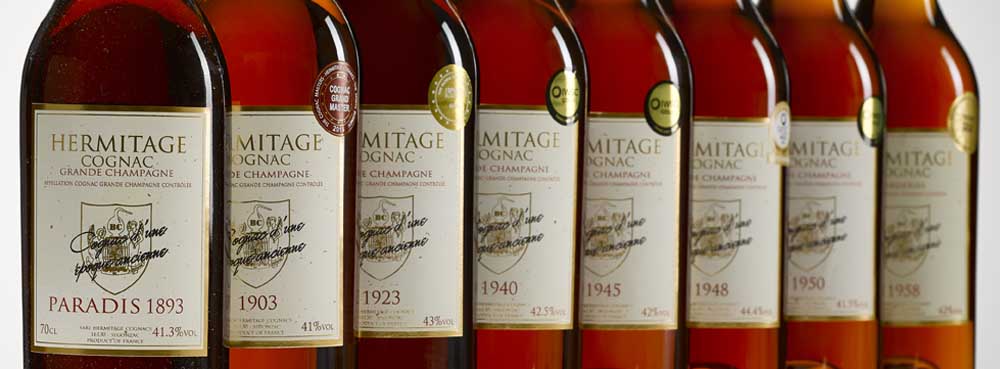 The growth in generic cognac sales over the last quarter of a century has distracted from the single most important criteria in determining the quality of a cognac. The age, or to be precise, the barrel age of a cognac is the most important element of cognac quality, yet we so often fail to ask the age question. Currently there simply is not enough information on the bottle to make it interesting. Compare that to a single malt whisky where the label tells us its barrel age, who made it and even what barrel it was stored in. It is little wonder that single malts outsell cognacs by a factor of 10 : 1.
The growth in generic cognac sales over the last quarter of a century has distracted from the single most important criteria in determining the quality of a cognac. The age, or to be precise, the barrel age of a cognac is the most important element of cognac quality, yet we so often fail to ask the age question. Currently there simply is not enough information on the bottle to make it interesting. Compare that to a single malt whisky where the label tells us its barrel age, who made it and even what barrel it was stored in. It is little wonder that single malts outsell cognacs by a factor of 10 : 1.